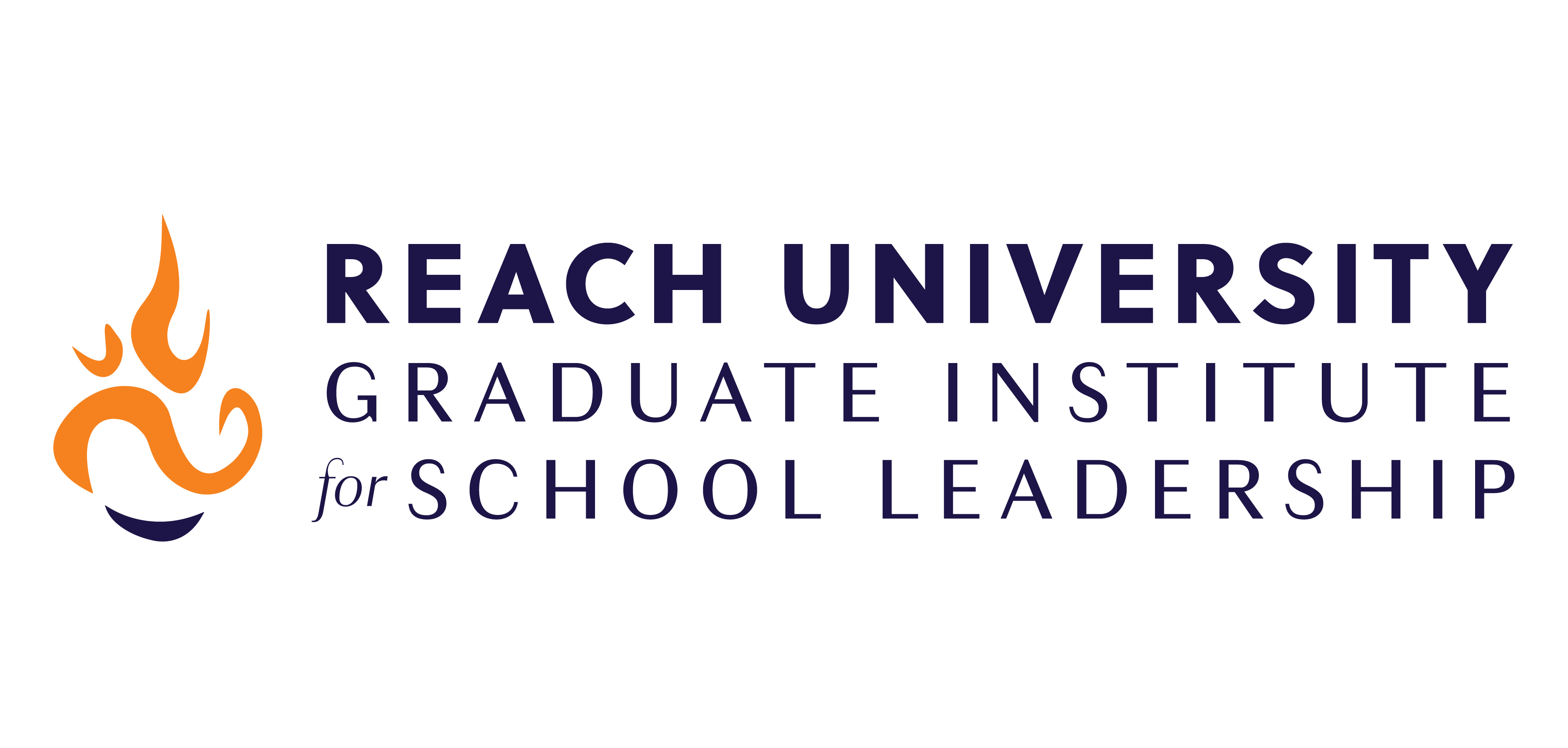English Language Development: Improving the Academic Achievement and Accessibility for Young English Learners

The manipulation of language for multiple purposes is an important skill for children to acquire during their educational careers. In the United States, children must master the use of the English Language for several purposes: asking and answering questions, comparing and contrasting ideas, items, situation; explaining and through Common Core Standards, the ability to make a persuasive argument supported by evidence sited from texts and other sources. English Learners, a designation used to denote students whose Home Language is a language other than English in US schools, who have not reached reclassification status as proficient, are at a disadvantage if their language acquisition does not expand or grow towards mastery/proficient level of English spoken by native English Speakers. Unfortunately, in Bay Area Aspire Public Schools, there is no formal adoption of a standards-based English Language Development(ELD) curriculum or approach. As a result, many Aspire educators are not cognizant of the identifiable characteristics and essential instructional needs of English Learners and/or effective strategies to facilitate the acquisition of English Language, despite data that illustrates the large disparities in performance on district and standardized tests. The literature and research on ELD illustrates the need for educators to provide opportunities for students to use language forms for various functions throughout the school day as a means to improve English language proficiency. This Action Research sought to provide at least one effective ELD strategy to educators to use in planning instruction to provide multiple opportunities for academic discourse in different content areas. My intervention included inquiry based professional development on using language forms and functions for students to express themselves orally and in writing. Nine classroom teachers, and 2 Intervention Specialists participated in the intervention. I used data from student express placement surveys, pre and post surveys of teachers’ knowledge of ELD, cycles of coaching observation and feedback, and instructional planning sessions to progress monitor the effectiveness of the intervention and for final analysis of effectiveness of the intervention. I found that this intervention resulted in the inclusion of planned opportunities and an increase in actual opportunities for English Learners to engage in academic discussions and an increase in opportunities to express ideas through writing in various content areas. In addition, this action research sparked a movement towards wanting to include more ELD strategies in professional development, planning and instruction at my school site moving forward and sparked a conversation about collaboration with another Aspire school with a similar EL population and needs for English Learners.

